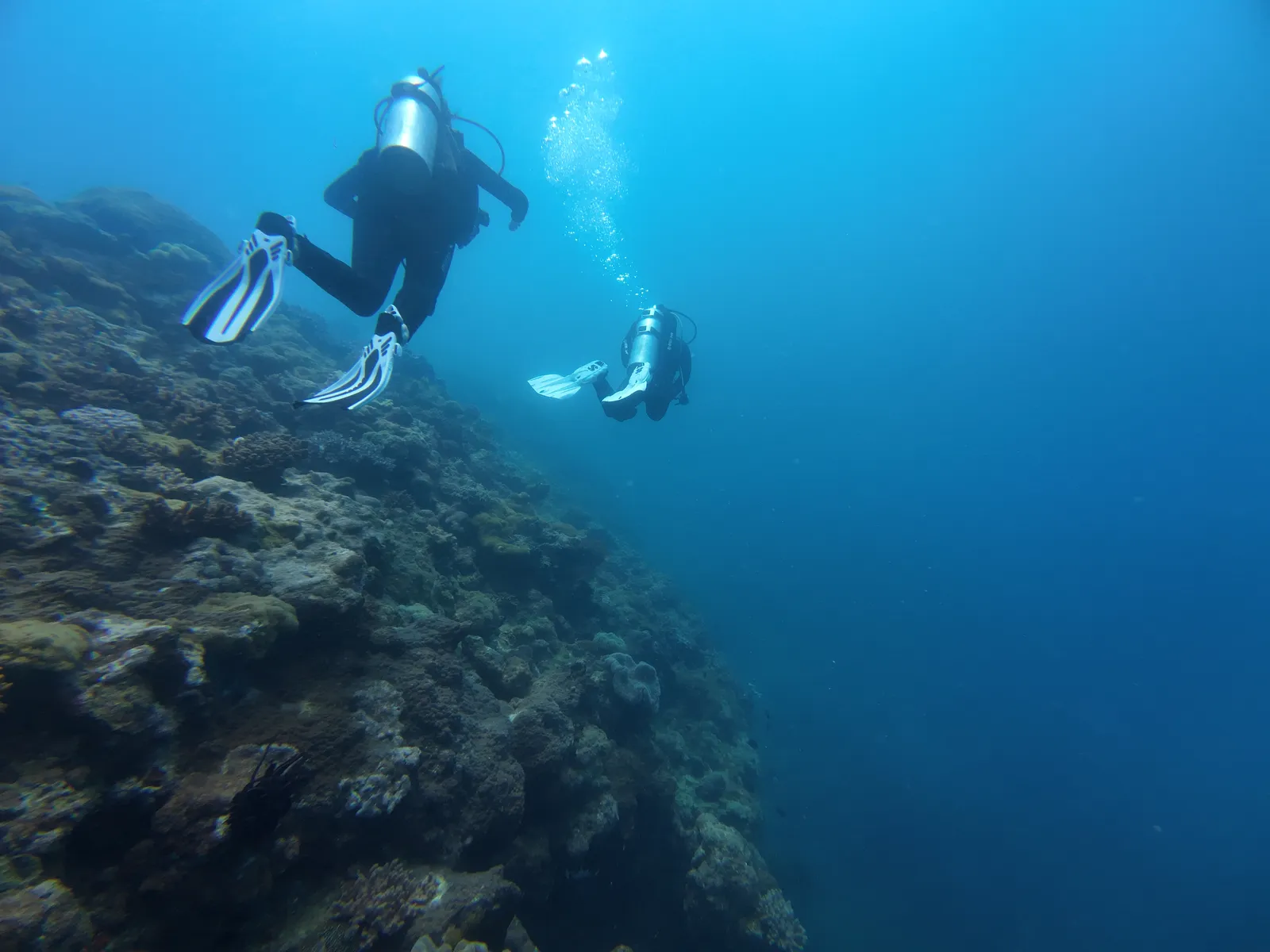Introduction
Imagine diving into the crystal-clear waters of the Whitsunday Islands, surrounded by vibrant coral reefs and the majestic presence of manta rays. This experience is not just a dream for avid divers but a must-do adventure for anyone visiting this stunning part of Australia. The Whitsundays offer an unparalleled opportunity to get up close and personal with these gentle giants of the ocean, making it one of the most unforgettable experiences you can have.
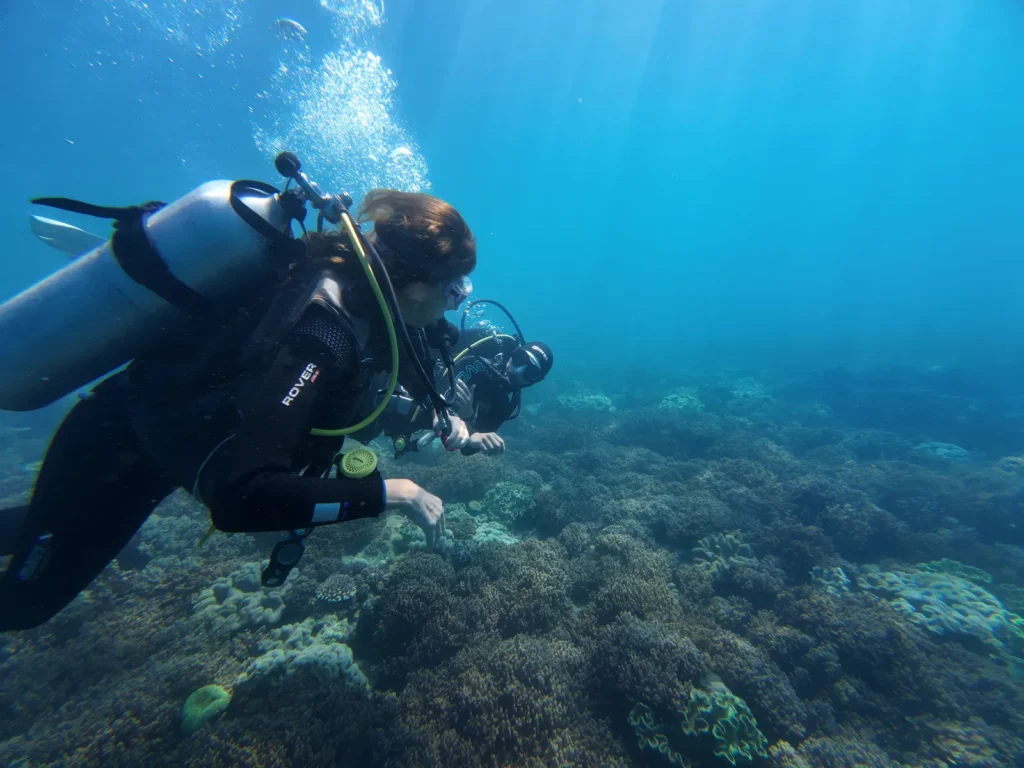
Exploring the Whitsunday Islands
Geography and Location
Nestled in the heart of the Great Barrier Reef, the Whitsunday Islands are a collection of 74 tropical islands off the coast of Queensland, Australia. These islands are renowned for their white sandy beaches, turquoise waters, and an abundance of marine life, making them a paradise for water enthusiasts.

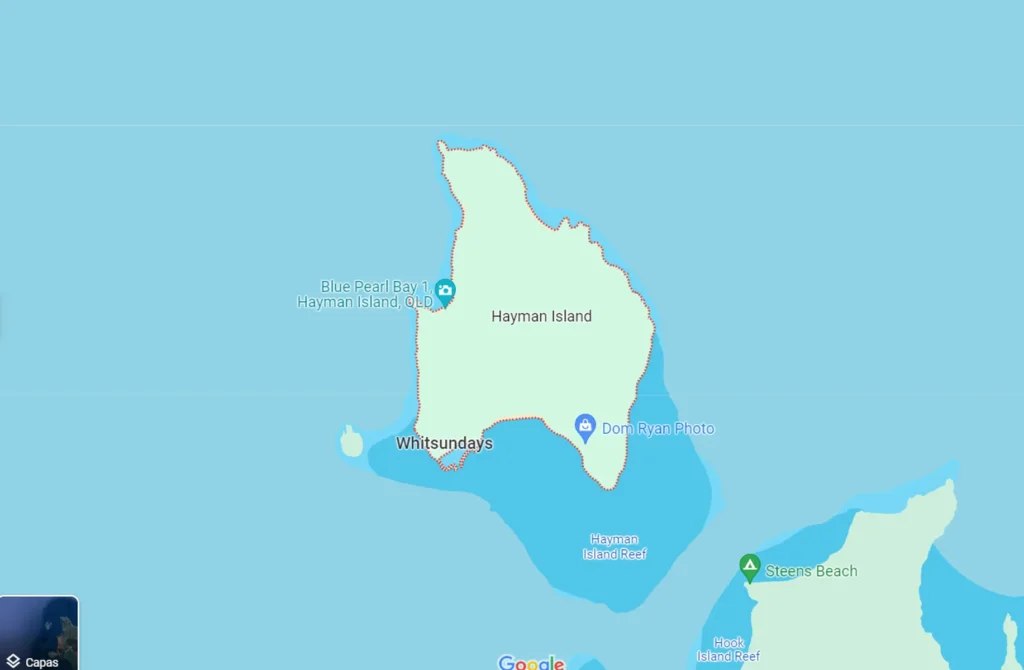
What Makes the Whitsunday Islands Unique?
The Whitsundays are not just any group of islands; they are a gateway to the Great Barrier Reef, one of the seven natural wonders of the world. This unique location offers a diverse ecosystem, from vibrant coral gardens to a plethora of marine species, including the majestic manta rays.
Stunning Beaches and Crystal Clear Waters
The beaches of the Whitsundays, such as the famous Whitehaven Beach, are often ranked among the best in the world. Their pristine sands and crystal-clear waters create an idyllic setting for relaxation and exploration.
Diverse Marine Life
The waters surrounding the Whitsundays are teeming with life. From colorful fish and sea turtles to larger species like manta rays and sharks, the biodiversity here is simply breathtaking.
The Magic of Manta Rays
Understanding Manta Rays
Manta rays are one of the ocean’s most fascinating creatures. With wingspans that can reach up to 7 meters (23 feet), these gentle giants glide effortlessly through the water, captivating anyone lucky enough to witness their grace.
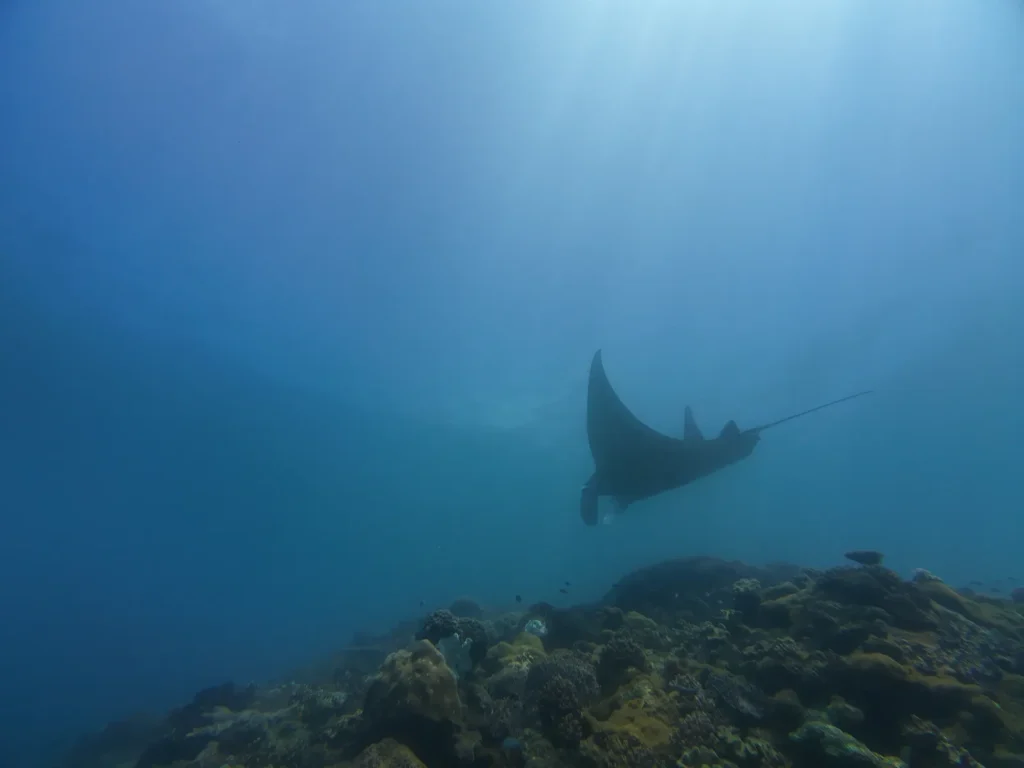
Anatomy and Behavior
Manta rays have a unique body structure with large, triangular pectoral fins that they use to “fly” through the water. They are filter feeders, primarily consuming plankton, and are known for their inquisitive nature, often approaching divers out of curiosity.
Why Manta Rays are Fascinating to Divers
Diving with manta rays is a mesmerizing experience due to their sheer size and gentle nature. Unlike other large marine animals, manta rays are harmless to humans, making them a favorite among divers who seek close encounters with marine life.
Best Diving Spots in the Whitsundays
Top Locations to Encounter Manta Rays
The Whitsundays offer several prime locations where manta rays are commonly spotted. These spots are perfect for both seasoned divers and beginners looking to experience the thrill of swimming with these magnificent creatures.

Manta Ray Bay
Located near Hook Island, Manta Ray Bay is one of the top diving spots in the Whitsundays. As the name suggests, this bay is a hotspot for manta rays, especially during the migration season. The underwater landscape here is stunning, with coral bommies and an abundance of fish.
Hook Island
Hook Island is not only home to Manta Ray Bay but also offers several other dive sites that are rich in marine life. The island’s steep underwater walls and vibrant coral reefs create an ideal environment for manta rays.
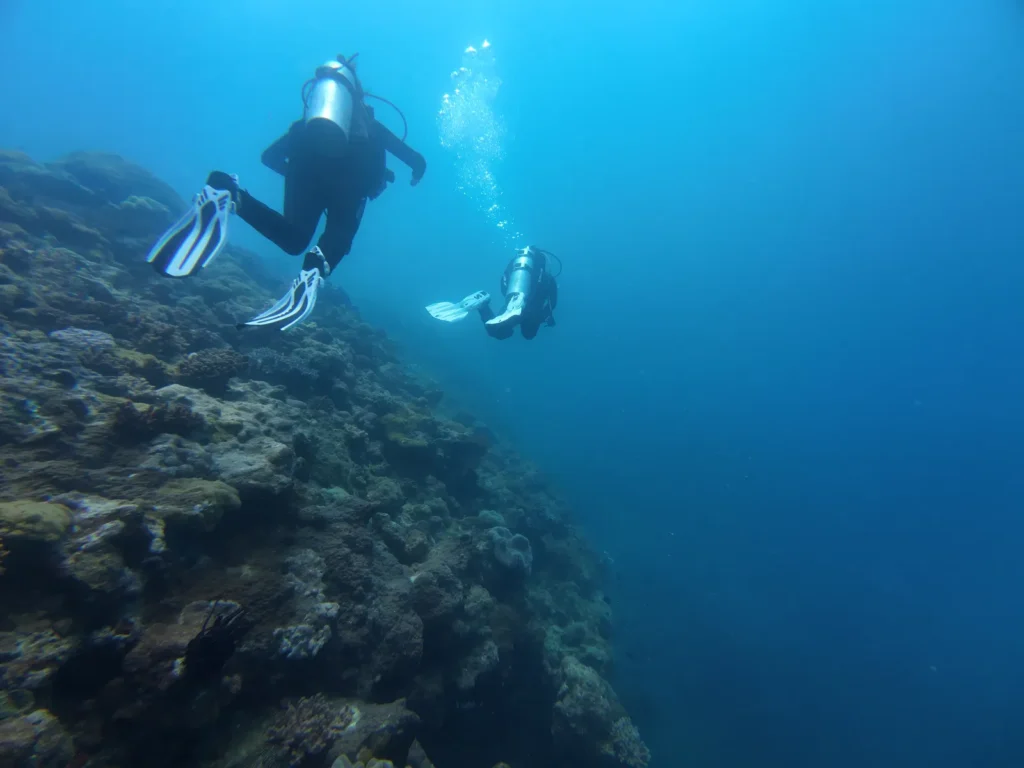
Hayman Island
Hayman Island, one of the more luxurious islands in the Whitsundays, also offers excellent diving opportunities. The waters around Hayman Island are clear and calm, making it an ideal spot for diving with manta rays, particularly for beginners.
Preparing for Your Dive
Required Certifications and Skills
Before diving with manta rays, it’s essential to ensure that you have the appropriate certifications and skills. Most dive sites in the Whitsundays require at least an Open Water Diver certification. However, if you’re a beginner, there are plenty of options to take an introductory dive or complete a certification course.
Essential Gear for Diving with Manta Rays
Equipping yourself with the right gear is crucial for a successful dive. While many dive operators provide rental equipment, having your own gear can enhance your experience.
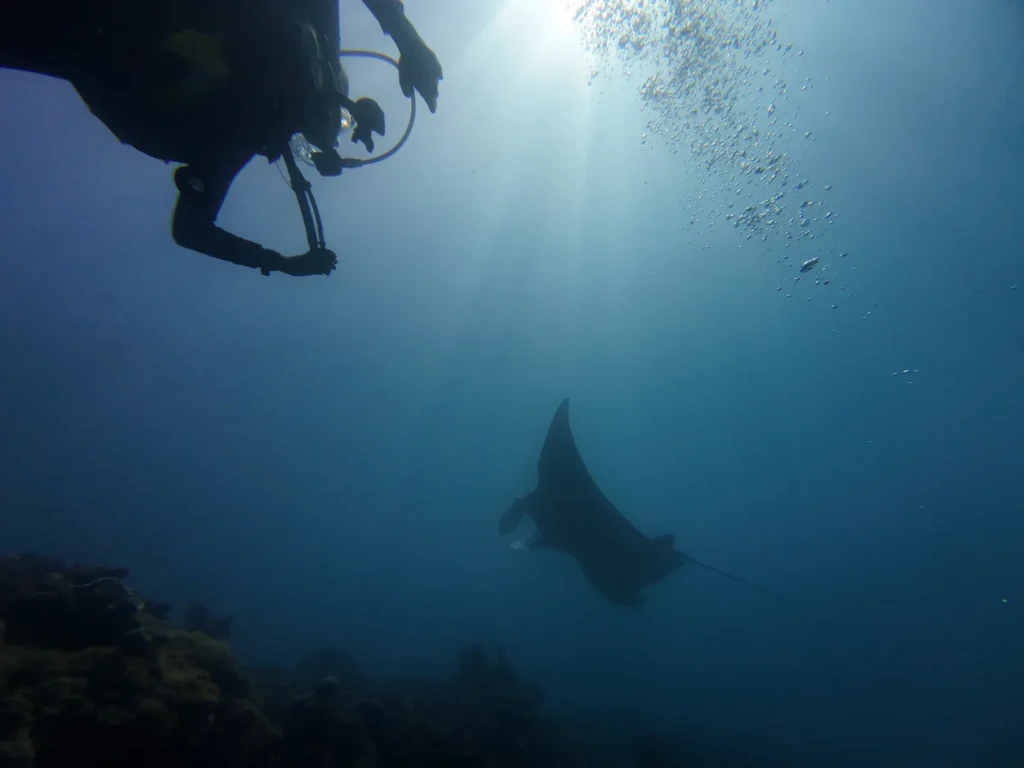
Wetsuits and Masks
A well-fitting wetsuit is essential to keep you warm and comfortable during the dive. Additionally, a high-quality mask with a clear field of vision is vital for observing manta rays in their natural habitat.
Cameras for Capturing the Experience
Diving with manta rays is an experience you’ll want to capture. An underwater camera or GoPro is a great way to document your dive and share the memories with others. Many divers also use underwater lights to enhance the visibility of their photos and videos.
What to Expect During the Dive
Interaction with Manta Rays
Diving with manta rays is an exhilarating experience, but it’s important to approach these creatures with respect. Manta rays are curious by nature, and while they may approach you, it’s essential to remain calm and avoid any sudden movements.
Safety Measures and Guidelines
Safety is paramount when diving, especially with large marine animals like manta rays. It’s crucial to follow the guidelines provided by your dive instructor and always be aware of your surroundings.
Respecting Marine Life
One of the most important aspects of diving with manta rays is respecting their environment. Avoid touching the manta rays or disturbing their natural behavior. By following these guidelines, you can ensure a safe and enjoyable dive for yourself and others.
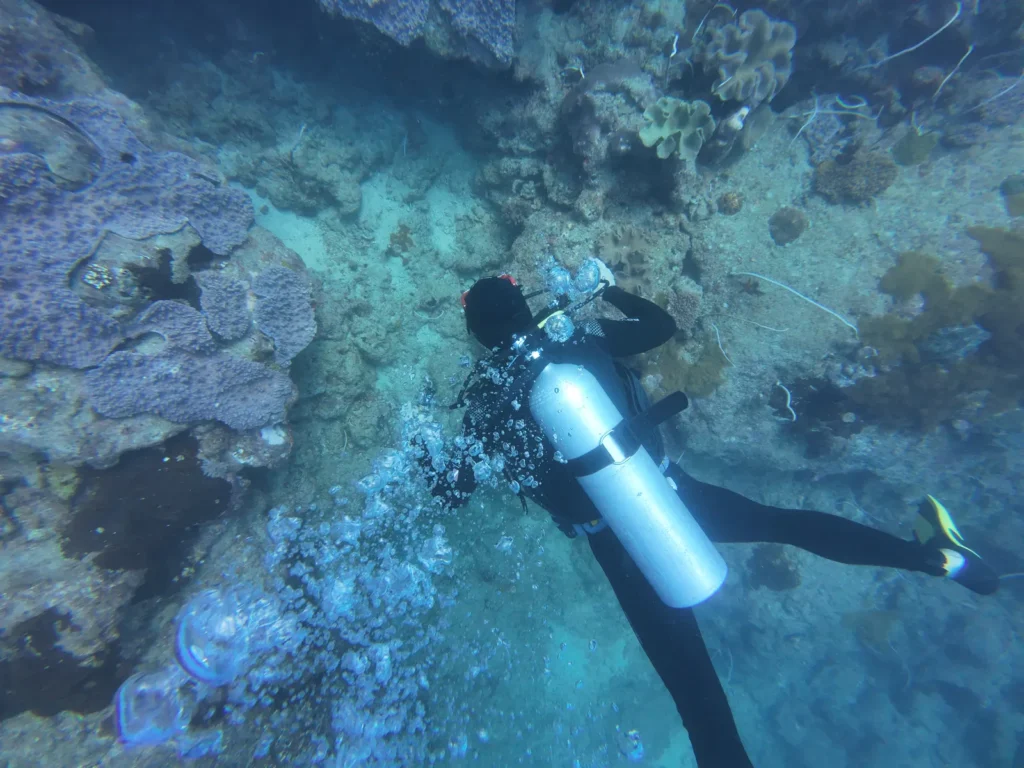
Tips for a Successful Dive
To make the most of your diving experience, consider the following tips:
- Stay relaxed and breathe slowly.
- Keep a safe distance from the manta rays to avoid startling them.
- Follow your dive instructor’s lead and communicate regularly with your dive buddy.
The Best Time to Dive with Manta Rays
Seasonal Patterns of Manta Rays
Manta rays are known to migrate, and their presence in the Whitsundays is often seasonal. The best time to encounter manta rays is typically between May and October when the water is cooler, and plankton levels are high.
Weather Conditions in the Whitsundays
The Whitsundays enjoy a tropical climate, with warm temperatures year-round. However, weather conditions can vary, so it’s essential to check the forecast before planning your dive. Calm seas and good visibility are ideal for diving with manta rays.
The Environmental Impact of Diving
Responsible Diving Practices
Diving in the Whitsundays, particularly with manta rays, requires a commitment to responsible practices. This includes following all safety guidelines, minimizing your impact on the marine environment, and supporting eco-friendly dive operators.
Conservation Efforts in the Whitsundays
The Whitsundays are part of the Great Barrier Reef Marine Park, a protected area that is home to various conservation efforts. These initiatives aim to preserve the delicate marine ecosystem and protect species like manta rays from threats such as overfishing and habitat destruction.
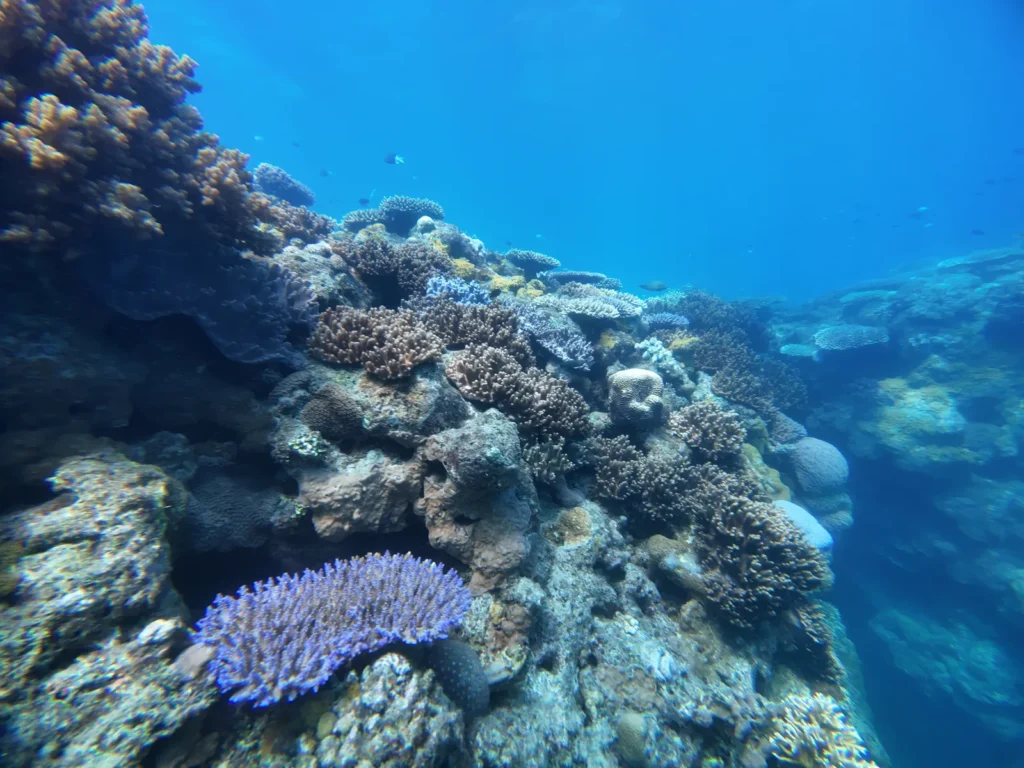
Protecting Manta Rays and Their Habitat
As a diver, you can contribute to conservation efforts by adhering to responsible diving practices and supporting organizations that work to protect manta rays and their habitats. By doing so, you help ensure that future generations can enjoy the beauty of these incredible creatures.
Other Activities in the Whitsundays
Snorkeling and Other Water Sports
In addition to diving, the Whitsundays offer a range of water activities, including snorkeling, kayaking, and paddleboarding. These activities are great for exploring the shallow reefs and getting a closer look at the marine life.
Island Hopping and Scenic Tours
Island hopping is a popular way to explore the Whitsundays. Many tours offer the chance to visit multiple islands in a single day, providing a taste of the diverse landscapes and experiences available in the region.
Exploring Local Culture and Cuisine
Beyond the water, the Whitsundays are rich in culture and history. Explore the local towns, indulge in fresh seafood, and learn about the indigenous heritage of the area. The combination of natural beauty and cultural experiences makes the Whitsundays a truly unique destination.
Conclusion
Diving with manta rays in the Whitsunday Islands is an adventure that should be on every traveler’s bucket list. From the stunning underwater landscapes to the thrill of encountering these gentle giants, the Whitsundays offer a diving experience like no other. Whether you’re an experienced diver or a beginner, the magic of the Whitsundays is sure to leave you with memories that will last a lifetime.
FAQs
What is the best time of year to see manta rays in the Whitsundays?
The best time to see manta rays in the Whitsundays is between May and October, when the water is cooler, and plankton levels are high.
Are manta rays dangerous to humans?
No, manta rays are not dangerous to humans. They are gentle creatures that pose no threat, making them a favorite among divers.
What should I pack for a diving trip in the Whitsundays?
For a diving trip in the Whitsundays, pack essentials such as a wetsuit, mask, fins, an underwater camera, sunscreen, and appropriate clothing for the tropical climate.
How do I get to the Whitsunday Islands?
The Whitsunday Islands are accessible by air from major Australian cities, with flights landing at Proserpine or Hamilton Island airports. From there, you can take a ferry or private boat to your chosen island.

